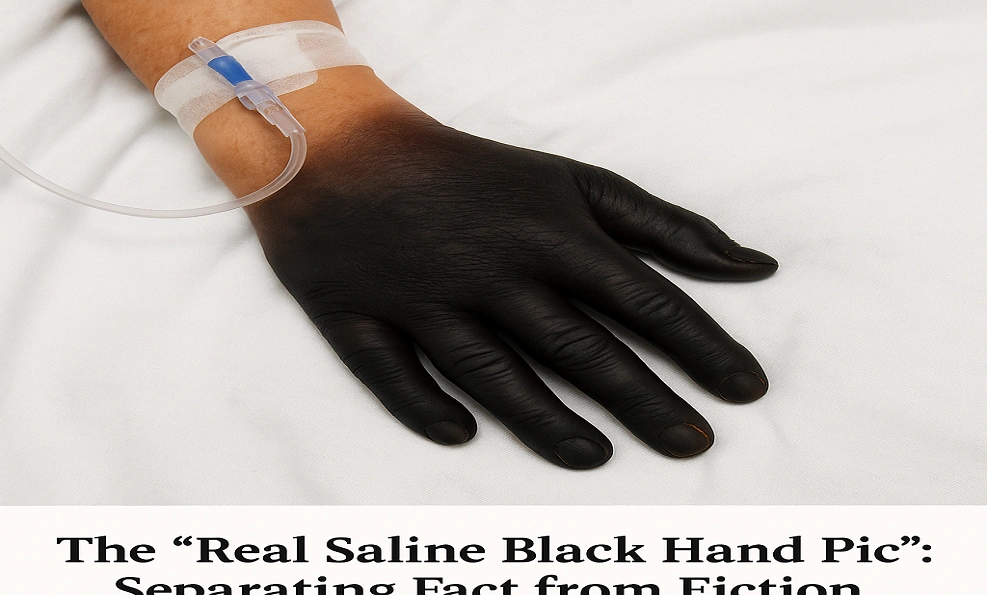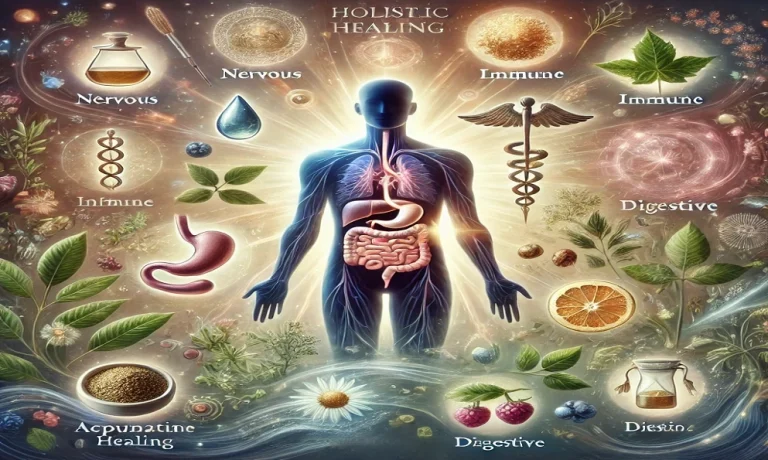Real Saline Black Hand Pic: Medical Truth or Viral Hoax?
The internet is a vast space where medical mysteries, shocking images, and viral content often collide. One such topic that has sparked curiosity and concern is the “real saline black hand pic.” This phrase refers to images or discussions circulating online that depict a person’s hand turning black after alleged contact with or use of a saline solution. While the authenticity of these images is debated, the phenomenon raises important questions about medical safety, misinformation, and the human body’s response to external substances.
In this article, we’ll explore the science behind saline solutions, potential causes of tissue discoloration, the role of social media in spreading such content, and how to critically evaluate claims related to the “real saline black hand pic.” Let’s dive in.
What Is Saline, and Why Is It Used Medically?
Saline solution, often called “normal saline,” is a mixture of sodium chloride (salt) and sterile water. It’s widely used in healthcare for:
-
Hydrating patients intravenously (IV drips).
-
Cleaning wounds or surgical sites.
-
Diluting medications.
-
Rinsing contact lenses.
Its composition mimics the body’s natural fluids, making it safe for most medical applications. However, improper use, contamination, or rare allergic reactions can lead to complications.
What Could Cause a “Black Hand” After Saline Exposure?
If a hand turns black after contact with saline, it’s likely due to an underlying condition unrelated to the saline itself. Here are possible explanations:
-
Necrosis (Tissue Death):
-
Necrosis occurs when blood flow to tissue is blocked, causing cells to die. This can result from severe burns, frostbite, or infections like gangrene.
-
Saline is not a direct cause, but if applied to an already compromised wound, it might fail to prevent further damage.
-
-
Chemical Contamination:
-
If saline is contaminated with harmful substances (e.g., during improper storage), it could cause chemical burns or reactions.
-
Industrial saline (non-medical grade) might contain impurities.
-
-
Underlying Infections or Diseases:
-
Conditions like sepsis, vasculitis, or diabetes-related complications can lead to tissue discoloration.
-
-
Allergic Reactions:
-
Extremely rare, but some individuals may react to additives in saline solutions.
-
The Role of Social Media in Spreading the “Real Saline Black Hand Pic”
Images of blackened hands attributed to saline often gain traction on platforms like Reddit, Twitter, or Facebook. However, these posts frequently lack context or verification. Here’s why they go viral:
-
Shock Value: Graphic medical images grab attention.
-
Misinformation: Users may wrongly blame saline without evidence.
-
Lack of Expertise: Few viewers have medical training to debunk claims.
Critical Takeaway: Always check sources. Legitimate medical cases are documented in peer-reviewed journals, not just social media posts.
How to Verify Medical Claims About Saline Complications
-
Consult Reliable Sources:
-
Websites like the CDC, WHO, or Mayo Clinic provide evidence-based information.
-
-
Look for Peer-Reviewed Studies:
-
Search databases like PubMed for research on saline-related adverse effects.
-
-
Ask Healthcare Professionals:
-
Doctors or nurses can explain whether saline could cause such severe reactions.
-
Preventing Complications from Saline Use
While saline is generally safe, follow these tips to minimize risks:
-
Use medical-grade saline for wounds or IVs.
-
Store solutions as directed (e.g., avoid extreme temperatures).
-
Never reuse saline meant for single use.
-
Seek immediate help if unusual symptoms (e.g., swelling, discoloration) occur post-application.
Case Study: When Saline Isn’t the Culprit
A 2021 report in The Journal of Emergency Medicine described a patient whose hand turned black due to undiagnosed diabetes-related gangrene. The individual initially blamed a saline IV, but tests revealed poor blood circulation and infection as the true causes. This highlights the importance of thorough diagnosis before attributing symptoms to saline.
Debunking Myths About the “Real Saline Black Hand Pic”
-
Myth 1: Saline solutions are dangerous.
-
Fact: Medical-grade saline is safe when used correctly. Complications are extremely rare.
-
-
Myth 2: A black hand means amputation is inevitable.
-
Fact: Early treatment of infections or circulatory issues can often save the limb.
-
-
Myth 3: All online images are fake.
-
Fact: While many are hoaxes, some depict real conditions unrelated to saline.
-
Final Thoughts
The “real saline black hand pic” phenomenon underscores the need for critical thinking in the digital age. While saline solutions are vital in healthcare, they’re rarely the cause of severe complications like tissue death. By understanding the science, consulting experts, and verifying sensational claims, we can separate fact from fiction and make informed decisions about our health.
Read More : noraxidbemosoz , tizavuhovhulo
3 Short FAQs About the “Real Saline Black Hand Pic”
1. Can saline solution really turn a hand black?
No, saline itself doesn’t cause tissue to blacken. However, pre-existing conditions like gangrene or contaminated saline could lead to discoloration. Always consult a doctor for unexplained symptoms.
2. How can I tell if a “black hand” image is real?
Check for credible sources (e.g., medical journals) and look for inconsistencies in the image, such as unnatural lighting or editing marks. When in doubt, assume it’s unverified.
3. What should I do if my skin reacts to saline?
Wash the area with water, stop using the product, and seek medical advice immediately. Allergic reactions are rare but possible.
Read Also –







